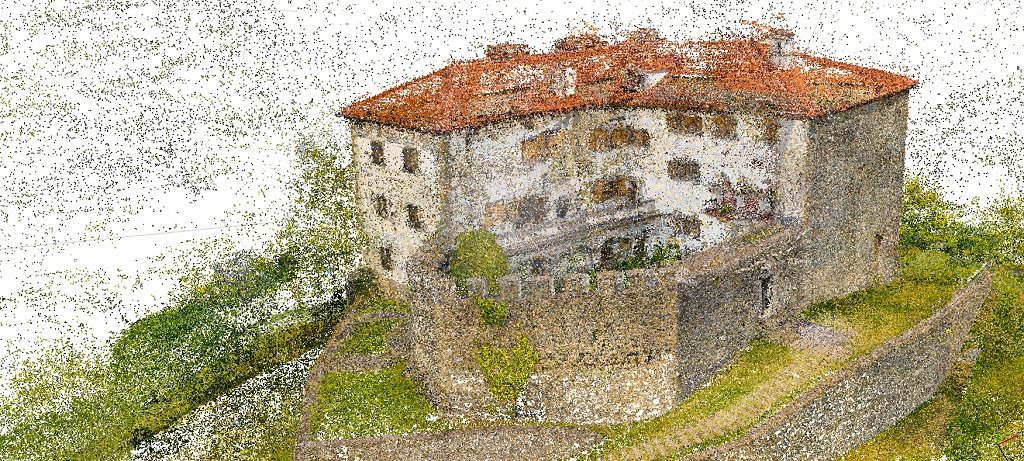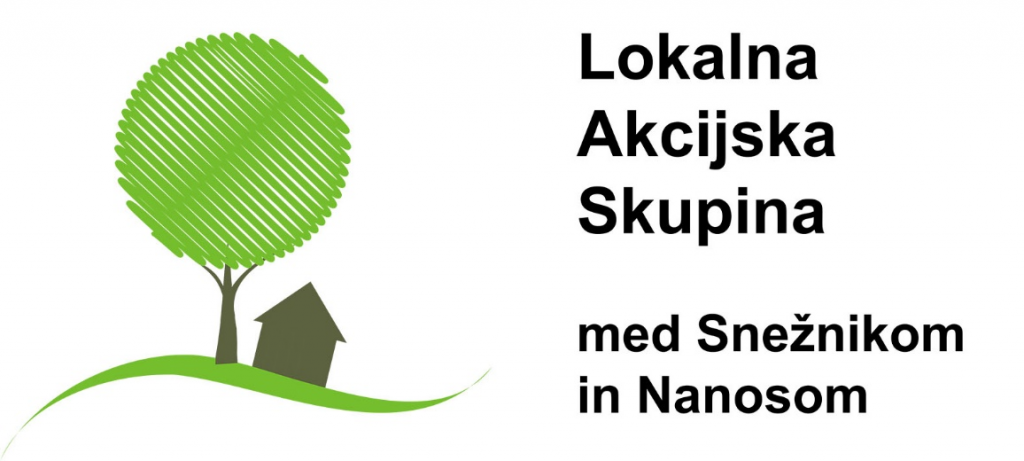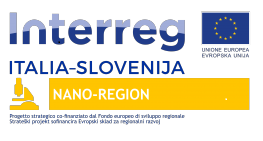Environment
58% of the area covered by the Primorsko-notranjska region municipalities is protected by the Natura 2000 regime. Half of the region is covered by natural habitats providing shelter to endangered plant and animal species, whose preservation is important at the EU level.
The Nature Conservation Act defines the Natura 2000 as ecologically important areas within the territory of the European Union which are important for the preservation or for establishing the welfare of birds – Special Protection Areas (hereinafter referred to as the Natura areas) – and other plant and animal species, their habitats and habitat types – Special Areas of Conservation.
In addition to the Natura 2000 sites, there is also a large number of natural values – point natural values of national or local importance, and caves. Some caves have a status of a valuable natural feature of national importance and/or are on the list of ecologically important areas. The following caves are identified as an ecologically important area: Kozja jama, Matijeva jama, Fužina pri Stari vasi, Jama na Kremenci, Predjama cave system, Postojna cave system, Magdalena Cave, Pivka Cave, Black Cave, Planina Cave, Škratovka, Velika Karlovica and Mrzla jama pri Ložu.
The protected areas of national importance include Hrasti v steljniku pri Veliki Bukovici (Oaks in steljnik near Velika Bukovica) and Podgrajske ponikve. The following protected areas of local importance can be found in the region: the Snežnik Manor, Javorniška koliševka, Speleological system of underground Rakulščica, Bisernica in Prestranek, the summit and hillside of Vremščica, Želetova cave, Hrašče - solitary beech and fir forest Pugled, and the Nanos plateau, southern and western slopes of the peaks Pleša, Grmada and Tura.
Large cave systems are present in the entire region, and are characterized by high biodiversity and many endemic species, which ranks the region among the so-called biodiversity "hot spots" for the subterranean karst world.
Among the habitat types, we highlight the presence of fen, dry karst meadows, rocky walls, wet meadows, fir and beech forests, and the extensive cave systems with high biodiversity and the human fish (Proteus anguinus) as a charismatic species. In general, the habitat types are in good condition.
Through the implementation of the development concept of an ecoregion, we wish to stop the trend of falling behind in development in the Primorsko-notranjska region (see Green Karst) and to take advantage of the natural, cultural, social, economic and environmental advantages of the region. The ecoregion programme is based on the concept of sustainable development, which enables the preservation and exploitation of the natural features identified in the Natura 2000, cultural traditions, the environmental and existing infrastructural advantages and the social capital advantages of the Primorsko-notranjska region and of wider Slovenia for the region’s development breakthrough.
Renewable energy sources
Among the natural resources, we want to highlight the wood stock as the most abundant and important natural resource in the area of the Primorsko-notranjska region.
The potentials for the exploitation of certain types of renewable energy sources are described on the sub-pages.
In addition to wood stock, the region also has important water resources, but they are all subject to pronounced fluctuations in the amount and quantity of water. They also represent large drinking water supplies. However, they are all related to karst aquifers, which are intrinsically characterized by high vulnerability to pollution, as they have very low or absent ability to filter pollution and degradation. Even though a large variation in the water flow is typical for all surface waters, there are some small hydropower plants in the region: one from the company Soške elektrarne and only a few small hydro-power plants in private ownership in Bač, Dolnja Bitnja, Rakek and in Buje. In addition to small hydropower plants, there are 5 natural persons engaged in the production of electricity, i. e. small photovoltaic power plants in Dolnji Zemono, Lož, Pivka, Postojna and Prestranek.
Environmental infrastructure
In the field of the environmental infrastructure the region faced problems of poor urban utilities (sewer, drinking water ...) in the past years. The main purpose of the measures envisaged under the RRP Inner-karst region from 2007 to 2013 was to provide public services to all residents of the region, including both building the environmental infrastructure (sewage, water supply, waste treatment plants) and providing access to various central functions. The share of the settlements equipped with the environmental infrastructure will significantly increase until the end of 2015. The increasing share of non-sustainable transport and the absence of public transport in rural areas still remains a problem. The fact of the inadequate spatial planning, which becomes a problem in extreme weather conditions, should also be pointed out.
An effective protection of natural values and biodiversity and their importance and integration into the development processes should also be highlighted as an important issue. In the following years we should also address spatial development in the sense of orientation towards a sustainable use of space and increase in the quality of life in the Primorsko-notranjska region.
From this perspective, we are development oriented towards the achievement of the following objectives:
- preservation of the natural environment;
- establishment and maintenance of green infrastructure;
- harmonious spatial development of the region.
























